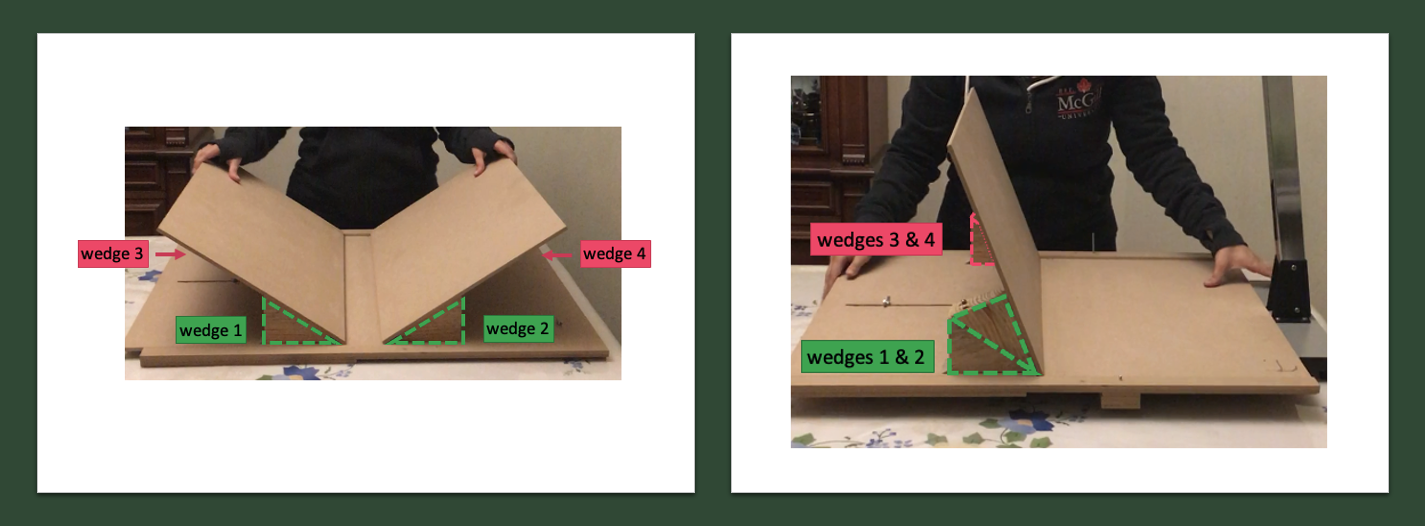Digitization
Given the conservation state of the choirbooks and the fact that they are oversized, bound items, they should be digitized from the top with a book scanner. However, the options available in Guatemala were not appropriate either due to conservation purposes (since they used platens to flatten the pages), size restrictions, or they were excessively expensive. Because of this, I designed a DIY (do-it-yourself) book scanner, with all its parts either built (book cradle) or borrowed (cameras and lights). The following videos show the book cradle configurations, the complete setup of the book scanner, and the steps followed during the digitization process. To find a summary of details about the building of the book cradle (dimensions and configuraiton of the parts of the cradle), setting up the book scanner, and the digitization process, consult the Digitization of Choirbooks in Guatemala paper. I hope this is useful for other archives and initiatives that want to take on a digitization project with large manuscripts or prints.
Book Cradle Configurations:
The cradle was built by my father (German Thomae) in Guatemala. It allows for two configurations:
- Upside V-shaped configuration
- Open-at-one-side configuration

The following videos show how to assemble both configurations. For details about the constituent parts of the cradle and their dimensions, consult the Digitization of Choirbooks in Guatemala paper.
Digitization Process
The following videos show the process followed during digitization, more details are provided in the Digitization of Choirbooks in Guatemala paper.
When reaching the other end of the book, I needed to open it at a larger angle so that it didn’t close abruptly and to raise the spine so that the curvature of the pages decreased, as shown in the next video.